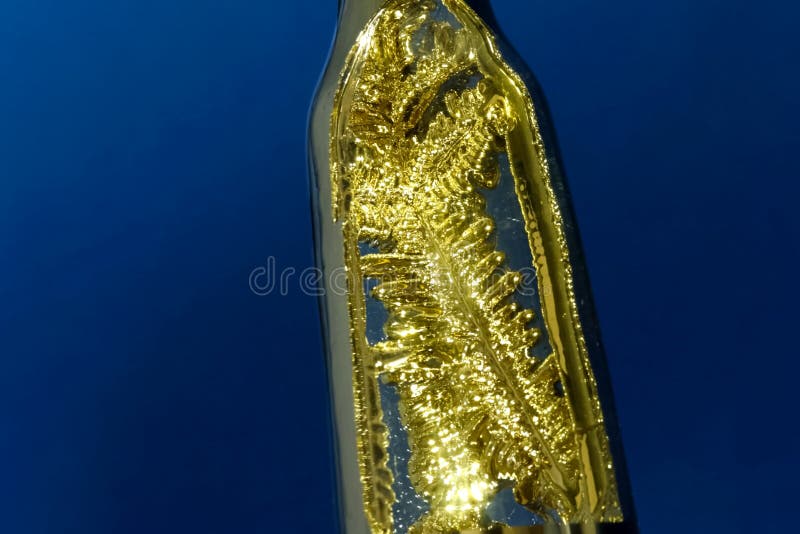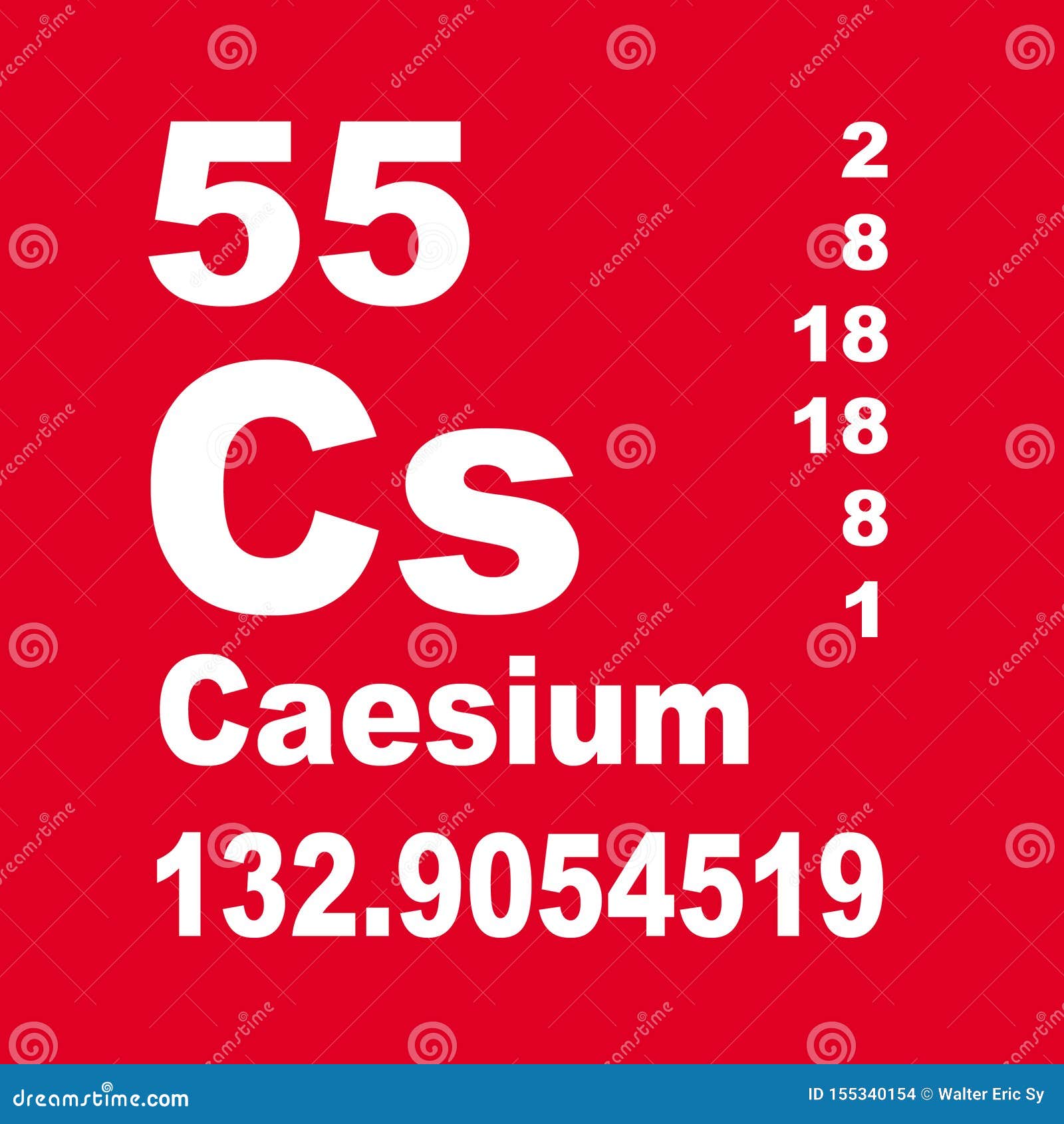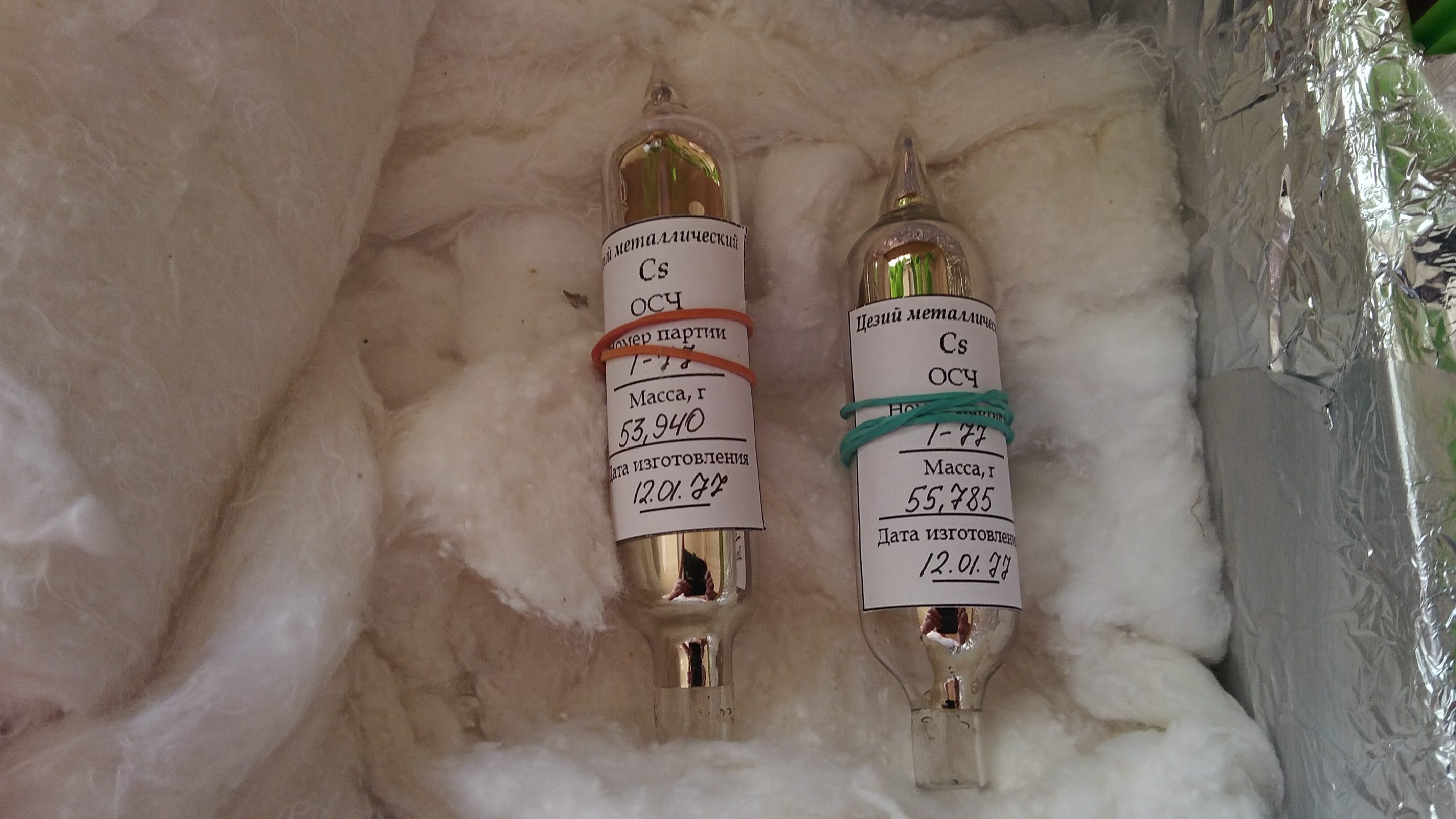
The atoms become positively charged because they lost some negatively charged electrons. Ion drives have high-speed electrons bombard the atoms in the fuel and take some of the electrons away from them. This pushes the rocket off the ground and helps it climb higher into the sky. Normal engines burn fuel which produces hot gas that shoots out the back of the spacecraft. Ion drives are a type of engine that work differently and are more efficient than other engines. In the 20th century, cesium became involved in the engines for spacecraft.

Every time the cesium-133 atom vibrates 9.129,631,770 times, exactly one second has passed. Because of the level of accuracy of these cesium clocks, scientists define a second by cesium vibrations. The second is the base unit of measuring time, and as we know, is a small portion of time. The most precise atomic clocks use cesium. These clocks keep the time and only get off a second about every 20 million years. Keeping track of time is essential to almost everything we do, but how do we know whose time is right? My watch may be a few minutes faster than yours, so how do we know whether we are a few minutes early, or almost late? Scientists keep an extremely accurate clock called atomic clocks. Like all Alkali metals, cesium is very reactive and is never found un-bonded in nature. Even when you find cesium in the crust of Earth, it is not pure cesium. On average, only two ounces of cesium are found in a ton (2000 pounds) of earth - it’s quite rare. The two German scientists who discovered cesium in 1860 named it after the blue lines found in its spectrum. The number of neutrons in cesium is 78.Ĭaesius, the Latin word for sky blue, is where cesium gets its name.
#CESIUM OR CAESIUM PLUS#
The atomic number tells you the number of protons, 55, and the atomic mass tells you the number of protons plus the number of neutrons - so to find the number of neutrons, subtract the atomic number from the atomic mass and round to the nearest whole number.

What is the atomic mass? The sum of the number of protons and neutrons. Using the atomic mass of 132.91 and the atomic number of 55, the number of neutrons is easy to spot. But with a little reasoning, the number of neutrons shouldn’t be hard to find. For those three things, you were looking at something on the periodic table and stating what you saw, but for the number of neutrons, it is not written anywhere on the periodic table at all. Finding the number of neutrons is a bit different from finding the family number, group number, and element classification. Cesium is in the first family, so it has one valence electron. The family number tells you the number of electrons in the valence, or outermost, energy level. Families are the eight tall columns that are labeled one to eight from left to right. Families are the same idea but are a little different. The groups, or vertical columns, are labeled one to eighteen from left to right. The groups, or families, are similar too. Since cesium is in the sixth row from the top, it has six energy levels.

The periods, or horizontal rows, tell you how many energy levels your element has.

#CESIUM OR CAESIUM HOW TO#
The period number and group number are fairly self-explanatory, but knowing how to find these can tell you things about the atom that would not be otherwise easy to figure out. Once you know that cesium is a metal, you can draw many conclusions about how it behaves under certain circumstances. Those elements to the left of the line, like cesium, are metals while those to the right are non-metals. On some periodic tables this is red, on others it is bolded black, but no matter how it is distinguished, it makes a very important characteristic of any element known. On any periodic table, there is a zig-zag line on the right side of it. The element classification tells a lot about a particular element and is easy to find. The atomic mass, number, and symbol are written out for you, but if you look a bit harder you can tell the element classification, period number, group number, and the number of neutrons. Using the periodic table, you can find things out about cesium, or any element, that are not explicitly written. Isotopes are all the different kinds of cesium, some having more neutrons than another, therefore having a different mass. The mass of an atom is the number of protons plus the number of neutrons, and the atomic mass is the average of all the masses of an element and its isotopes. Cs, or Cesium, has 55 protons which you know from the atomic number. For example, the atomic number, the atomic weight, and the atomic symbol are in the element key. When you look at the periodic table, some things are instantly apparent about the element cesium.


 0 kommentar(er)
0 kommentar(er)
